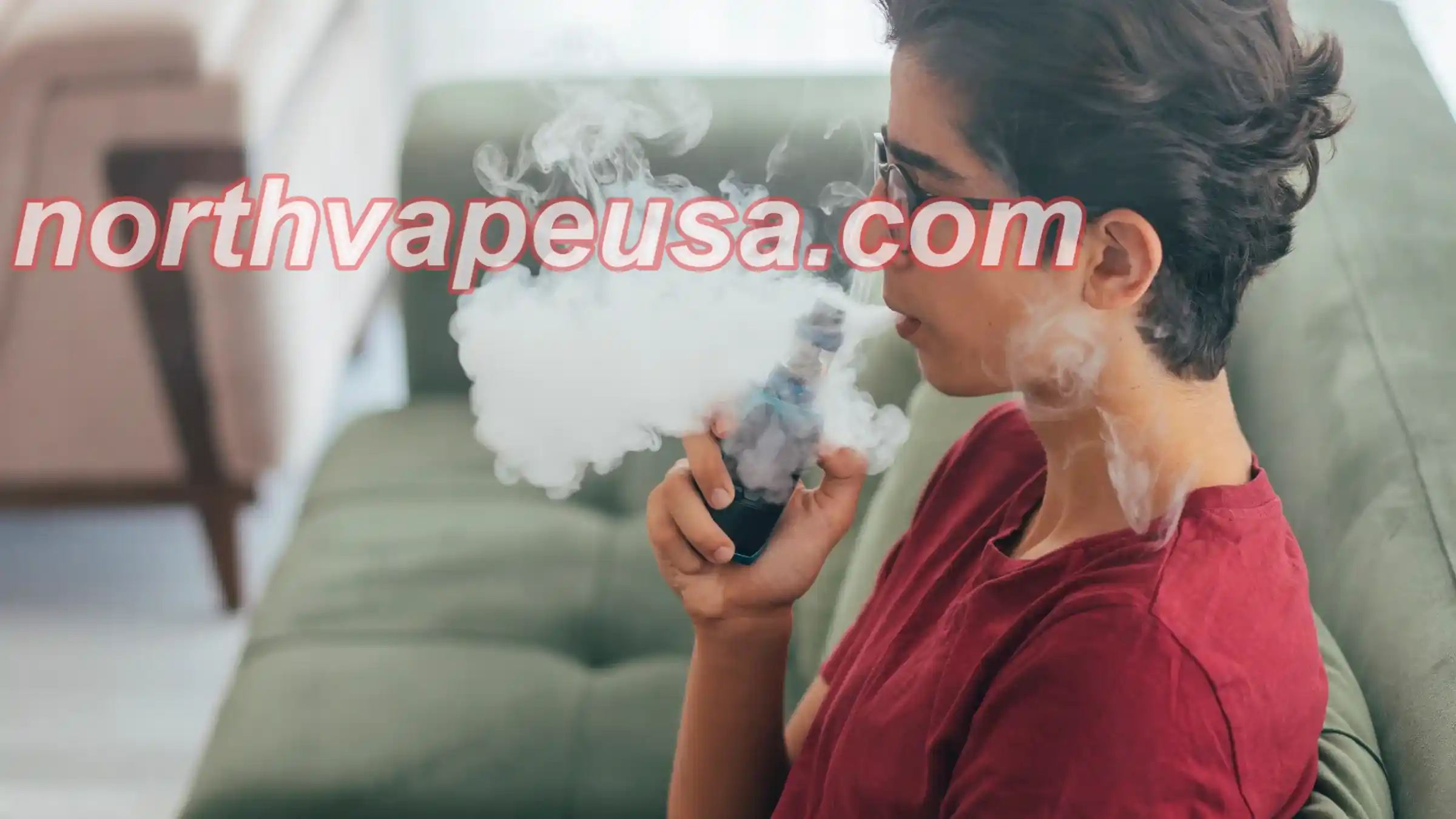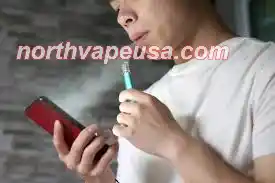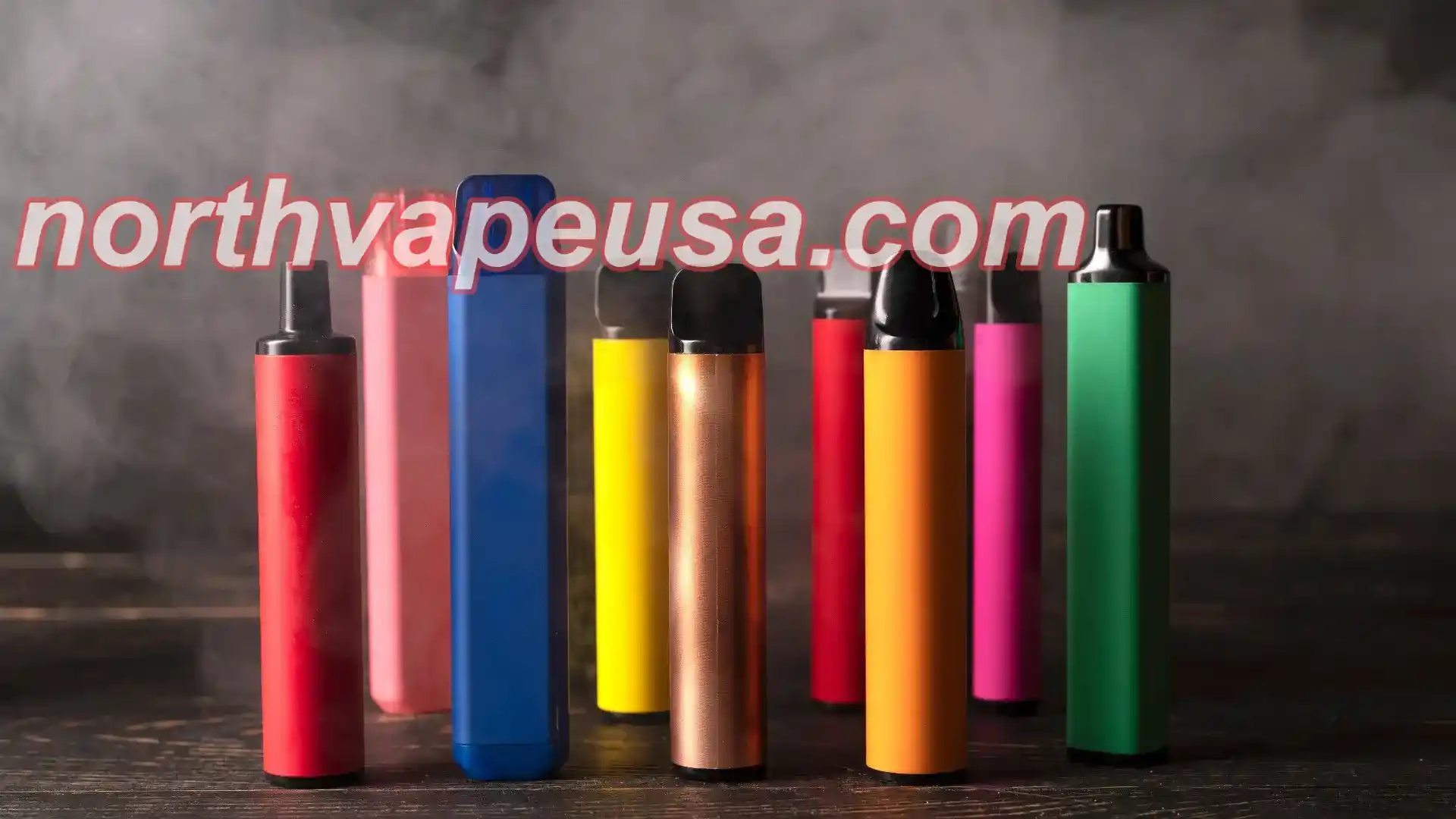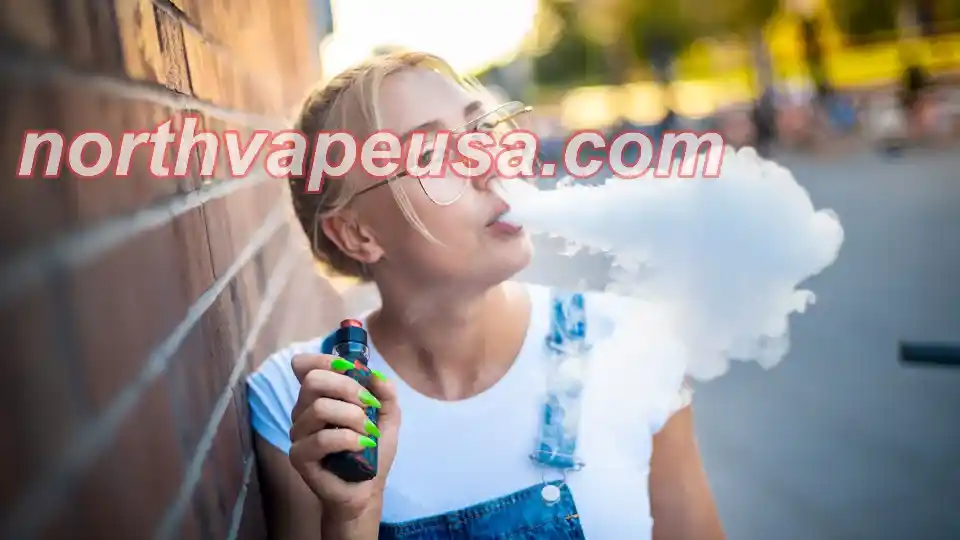Vaping in 2025: Key U.S. State Regulations and Trends You Need to Know
As we approach the year 2025, the global vaping industry is preparing for significant changes. As the final pages of 2024 turn, a new year brings with it a new set of challenges and opportunities in the vaping landscape. Governments worldwide, particularly in the U.S. and Europe, are setting the stage for regulatory shifts that will have profound impacts on the market. These changes are expected to affect everything from product sales to consumer choices. In this article, we’ll explore the major vaping-related regulations set to roll out in 2025, take a closer look at how they might impact the market, and highlight some key trends you should watch out for as the new year unfolds.
A New Era for Vaping: The U.S. Market's Regulatory Shift
The U.S. vaping market has long been a focal point of both opportunity and controversy, with an ever-evolving regulatory landscape. With the introduction of the PMTA (Pre-Market Tobacco Application) process, vaping manufacturers must ensure their products comply with federal requirements in order to remain on the market. The PMTA process, which requires manufacturers to submit an application to the FDA for each product they wish to market, has proven to be a major hurdle for many brands. Products that haven’t yet received approval are at risk of being banned from the market.
While these regulatory hurdles have created a sense of uncertainty, the return of former President Trump to office on January 20, 2025, brings additional uncertainty. His administration’s stance on vaping regulation could significantly alter the landscape, especially when it comes to enforcement and compliance. However, one thing remains clear: vaping businesses must remain vigilant and stay up-to-date with regulatory changes to avoid market disruptions. How to find the best quality vapes? north vape near me recommends the best for you!
Here’s a look at some key vaping regulations set to affect various U.S. states in 2025.
California: A Tougher Stance on Flavored Vapes
California is known for its progressive approach to health and safety laws, and 2025 will be no different. Starting January 1, 2025, California will implement two new laws—AB3218 and SB1230—that directly target flavored vape products. These laws prohibit online sales of flavored vaping products, expand the definition of nicotine to include synthetic nicotine, and update the definition of "characteristic flavors" to include synthetic coolants, such as WS-3, which are often added to vaping products for a cooling sensation.
Furthermore, by December 31, 2025, California will roll out a list of approved tobacco products (known as the "Approved Tobacco List" or ATL). Only products included on this list will be allowed for sale in the state. Any product that doesn’t meet these strict criteria will be pulled from shelves, and enforcement agencies will have the authority to seize and destroy non-compliant products. The introduction of this legislation is a clear attempt to curb youth vaping and prevent flavored products from being too appealing to underage users.
Utah: Increased Restrictions on Sales
Utah is also tightening its grip on vaping products. Starting January 1, 2025, the state will require all electronic cigarette products to be registered with the Utah Tobacco Registry. Products that are not on this registry will not be permitted for sale in the state. Manufacturers will need to submit their products for approval by October 1, 2024, in order to stay compliant. This move is expected to ensure better oversight of the market, but it also adds an extra layer of complexity for businesses trying to stay compliant.
Florida: A Negative List for Vape Products
Florida has its own approach to reducing vaping among minors, with a new law set to take effect on January 1, 2025. The state will create a "negative list" of disposable nicotine products that are considered "attractive to minors." Once a product is added to this list, retailers and wholesalers will have 60 days to remove it from their shelves. After March 1, 2025, businesses that continue to sell products on the negative list will face fines and, in some cases, criminal penalties. This move is in response to growing concerns about youth vaping and is expected to have a significant impact on product sales in the state.
Wisconsin: Product Certification Required
In Wisconsin, a new set of regulations will be enforced starting July 1, 2025. Vape manufacturers will need to provide certification showing that their products have either been submitted for FDA review or have received market authorization. If a product is not certified, it cannot be sold in the state. This law aims to ensure that all vaping products in Wisconsin meet federal safety and regulatory standards. Manufacturers will need to submit their products for certification by September 1, 2025, or risk losing access to this key market.
Iowa: Approved Product List System
Iowa is taking a similar approach with the creation of an approved vapor product list. Beginning February 3, 2025, only products that are listed on the state’s approved list can be distributed and sold. The list will be published by the Iowa Department of Revenue, and all manufacturers must submit their products for approval by November 14, 2024. Any products not on the list will be prohibited from being sold in the state, adding another layer of complexity to compliance for manufacturers.
Kentucky: Safe Harbor Certification
Kentucky is raising the stakes for manufacturers. Starting January 1, 2025, companies will need to provide a Safe Harbor Certification when selling products that haven’t received FDA market authorization. This certification confirms that a product complies with state regulations. If the FDA revokes its authorization or market order, manufacturers will need to notify retailers and distributors within 30 days.
North Carolina: Certification and Approval Process
In North Carolina, new regulations will take effect March 1, 2025. Manufacturers will be required to submit annual certifications that confirm their products have received FDA market approval, are in the process of being reviewed, or are exempt from such requirements. Only products that appear in the North Carolina Department of Revenue's approved list will be allowed to be sold, starting May 1, 2025. This regulatory shift is likely to affect the availability of some products in the state, so manufacturers should plan ahead.
Virginia: Registry for Liquid Nicotine Products
Virginia will introduce new regulations for liquid nicotine and nicotine vapor products starting July 1, 2025. Manufacturers will be required to submit their products for certification and registration, with only approved products allowed to be sold in the state after December 31, 2025. Retailers will be required to remove non-compliant products from shelves within 60 days of the release of the official registry.
Illinois: Stricter Age Restrictions
Illinois is cracking down on underage vaping with new laws that will come into effect on January 1, 2025. The state will prohibit the sale of tobacco products, including vaping products, to anyone under the age of 21. Additionally, the free distribution of samples will be restricted, and products cannot be sold via mail or online unless certain conditions are met. Retailers who violate these rules will face fines, making it imperative for vape businesses to comply with these regulations.
What Does All of This Mean for Vapers and Manufacturers?
As the vaping landscape continues to shift, businesses must remain agile in order to stay compliant. The focus on PMTA compliance, state-level regulations, and flavor restrictions is forcing manufacturers to rethink their strategies. Whether it’s staying up-to-date on product approvals, registering products with state agencies, or adjusting flavors to comply with new definitions, businesses need to be proactive in order to survive in this increasingly regulated environment.
For vapers, 2025 will likely bring a few changes to the products available on the market. Flavors vapes, in particular, may become harder to find in certain states, especially in regions like California and Florida, where flavored products face strict regulations. However, many brands are already shifting their strategies to comply with the new rules, so there will still be a variety of options available.
The Benefits of Vaping: A Healthier Alternative?
Despite the tightening regulations, it’s worth remembering that vaping offers certain benefits over traditional smoking. For those looking to quit smoking, vaping has been widely recognized as a less harmful alternative. Many vapers have successfully used e-cigarettes to reduce their nicotine intake and eventually quit smoking altogether. According to public health experts, while vaping still carries some risks, it is generally considered less harmful than smoking traditional cigarettes, which contain harmful tar and thousands of toxic chemicals.
For those seeking a healthier lifestyle, vaping can offer a way to satisfy nicotine cravings without exposing the body to the same harmful substances found in combustible tobacco products. In fact, some studies suggest that switching from smoking to vaping can lead to a significant reduction in health risks.
Vaping also provides a wide range of flavors, which many users find more enjoyable than the harsh taste of tobacco. These flavors can make the transition from smoking to vaping more appealing and might even help individuals reduce their nicotine dependence over time.
Conclusion: Get Ready for 2025 and Beyond
The vaping industry is on the cusp of a new era, with major regulatory changes on the horizon. States across the U.S. are introducing more stringent rules regarding product approvals, flavor restrictions, and sales practices. Manufacturers will need to stay on top of these changes to avoid penalties, while vapers should be prepared for potential product shortages or price increases in certain regions.
The future of vaping in 2025 is uncertain, but one thing is clear: the industry will continue to evolve. Whether it’s navigating new state laws or adjusting to evolving consumer preferences, staying informed and adaptable will be key to success in the coming year. Can‘t find the right vape? north vape flavors helps you customize the perfect experience!
For manufacturers, now is the time to begin preparing for the changes ahead. Vapers, on the other hand, should stay connected to the trends and be ready for a shifting landscape. With the right preparation, both businesses and consumers can continue to enjoy the benefits of vaping, while keeping pace with the evolving regulatory environment.

